The Musée des Arts et Métiers is a museum of technological innovation that shows the advancement of science and technology throughout the ages. The museum is housed in the former Benedictine priory of St-Martin-des-Champs.
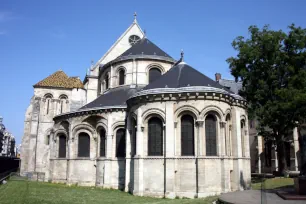
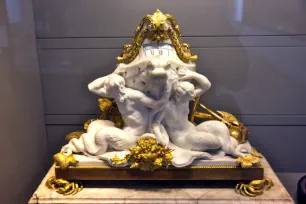
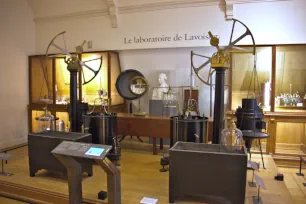
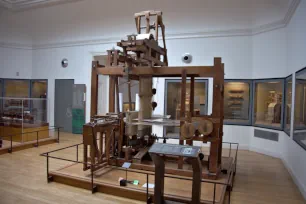
The museum was founded in 1802 as part of the Conservatoire National des Arts et Métiers, a scientific institution that was created during the French Revolution to improve the national industry through the use of new technology. The institution wanted to store all new and useful innovations in one central place. Originally only meant for research, the collection was soon opened to the public.
The Museum
The museum is divided into seven domains: Scientific instruments, Materials, Mechanics, Construction, Communication and Transport. There are some 2,500 objects on display, ranging from old clocks, gramophones and engines to supercomputers, robots and even airplanes.
Second floor
The museum tour starts on the second floor. The first exhibits show the museum’s collection of scientific instruments. The oldest instruments, like the astrolabes (used by astronomers), date from the sixteenth century. Other instruments calculated the time, measured weight, or were used as a calculator. The oldest calculating machine here dates from 1642. The Cray-2 computer from 1985 shows how much progress has been made over the last centuries. At the end of the room is the reconstructed laboratory of Antoine de Lavoisier (1743-1794), who is considered to be the Father of Modern Chemistry.
The following collection revolves around materials that were produced first by hand (leather, wood) and later by machines (textile, paper), such as a large loom from 1748. The Industrial Revolution and mass production caused an explosion in the production of new materials such as aluminum and, later, Bakelite, one of the first plastics.
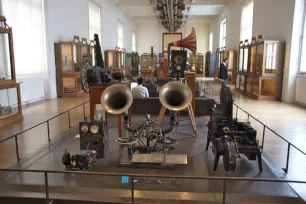
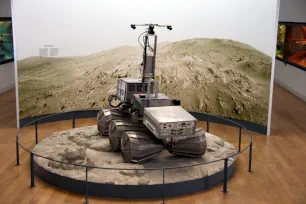
First floor
The first collection on the first floor shows machinery used for construction. You can see a model of the apparatus used in 1836 to raise the Egyptian obelisk on the Concorde Square. Scale models also illustrate how bridges and tall structures were built.
Communication is an area that has been a fertile ground for inventions. You can see devices that heralded the birth of telegraphy, photography, phonography, cinematography, telephony and television.
The following exhibits show the evolution of energy production and consumption, from medieval windmills over steam machines to modern electricity generators and gasoline engines from the nineteenth century.
The next collection revolves around the theme “Mechanics” and includes a number of automatons – self-operating machines from the eighteenth to the twentieth centuries. It’s still very much an evolving field, thanks to the invention of microchips that resulted in today’s robots.
Ground floor

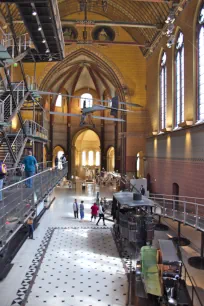
The ground floor covers the museum’s Transportation collection. Originally powered by humans (rowboats), animals (horse-drawn carriages) or natural elements (sailboats), the advent of steam machines heralded a new era of transportation. One of the museum’s most interesting curiosities is the Fardier, a steam-powered vehicle from 1771.
Steam engines are soon replaced by electric and gasoline powered engines. One of the oldest vehicles with such a newfangled engine on display here is a Panhard and Levassor from 1896. There are also some airplanes on display, including a Blériot from 1909 and a bat-like plane from 1897.
The Church
Some of the largest objects of the museum, including the cars and airplanes, are housed in the church of St-Martin-des-Champs (St. Martin-in-the-Fields). Foucault’s pendulum, which was used in 1851 by the French physicist to demonstrate that the earth rotates, swings perpetually in the choir.
The church belonged to a Benedictine community that settled here in 1079. The church building dates back to the twelfth century, when the choir was built in a style that mixes Romanesque with Gothic characteristics. The nave was built in the thirteenth century. The priory was suppressed during the French Revolution, and its buildings were used as a prison. In 1801 the government decides to use the nave of the church to display a collection of machines. The museum opened the following year.

